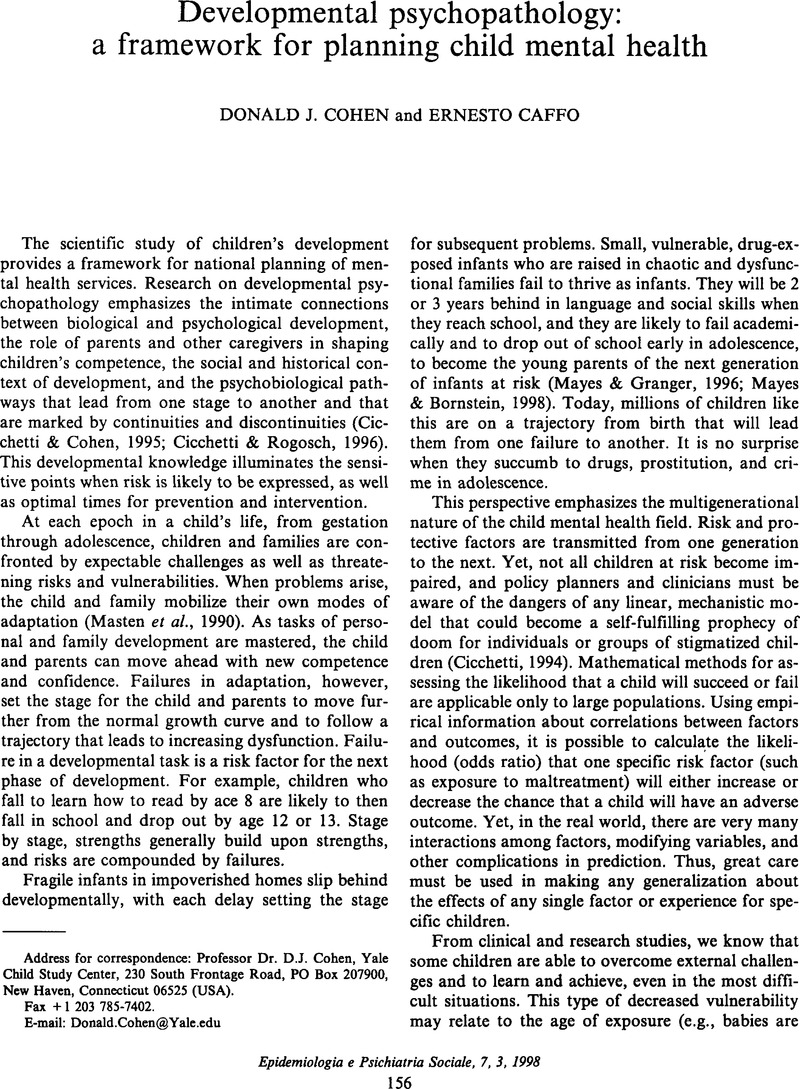Crossref Citations
This article has been cited by the following publications. This list is generated based on data provided by Crossref.
Caffo, E.
1999.
Child and Adolescent Psychiatry in Europe.
p.
187.
Caffo, Ernesto
Forresi, Barbara
Belaise, Carlotta
Nicolais, Giampaolo
Laor, Nathaniel
Wolmer, Leo
and
Remschmidt, Helmut
2004.
Facilitating Pathways.
p.
187.



